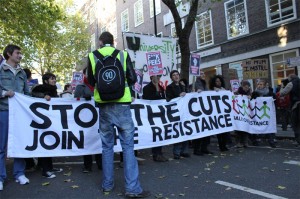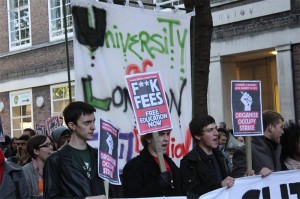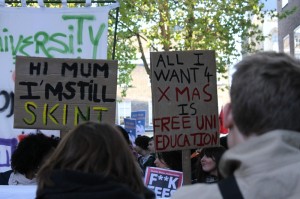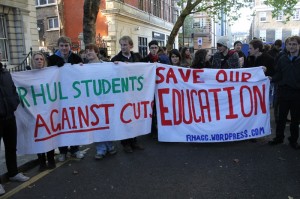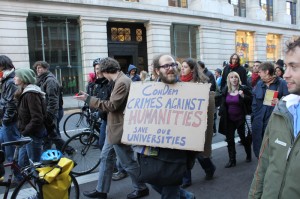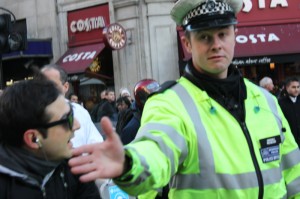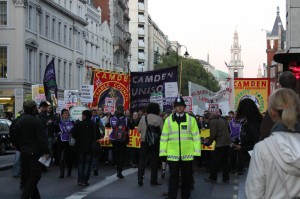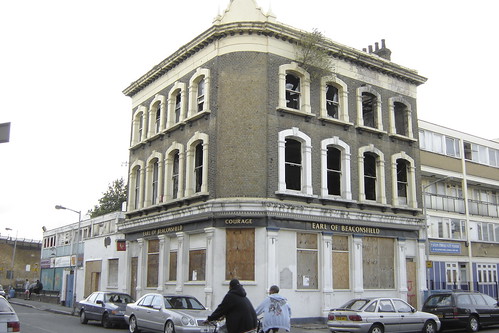The budget for the 2012 Olympic and Paralympic opening and closing ceremonies has been doubled to over £80 million, it was announced today.
Ministers blamed the increased cost of security on the recruitment of 23 700 security guards to work at more than 100 competition and training venues. This brings the taxpayer’s contribution to venue security to £533 million. With the policing bill set at £475 million, the overall cost of Olympic security is now £1 billion.
Delivering the Government’s quarterly Olympic budget update today, Olympics minister Hugh Robertson said: “This money will not be spent on fireworks, it will not be money going up in smoke, it will be an important investment in the economic future of the country.”
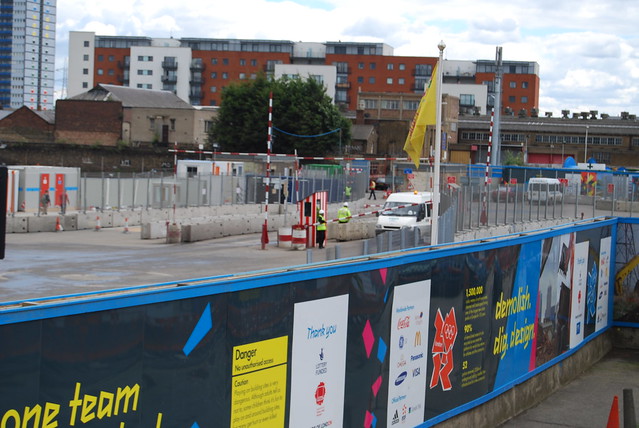
He continued by saying that a meeting of the Prime Minister, the Culture Secretary Jeremy Hunt and himself had decided that they “needed to maximise and promote London to the four billion television viewers after being presented with a wide range of ceremonial components across the ceremonies.”
Robertson acknowledged the current economic conditions but said that the potential benefits that could flow through enhanced tourism numbers justified the increase.
The extra cash will come from the Olympic contingency fund and the London 2012 project remains on course to come in at around the budgeted £9.3 billion.
Putting on a great show is important but what’s even more important is creating a lasting legacy – other than debt. Surely they’d be able to put on a few good shows for the original £40 million budgeted and then they could have spent the additional £40 million on something that would benefit the people of Britain in the future?
This is where we’d normally add a sarcastic comments about broken calculators, but this time we’re just going to let the numbers speak for themselves…

